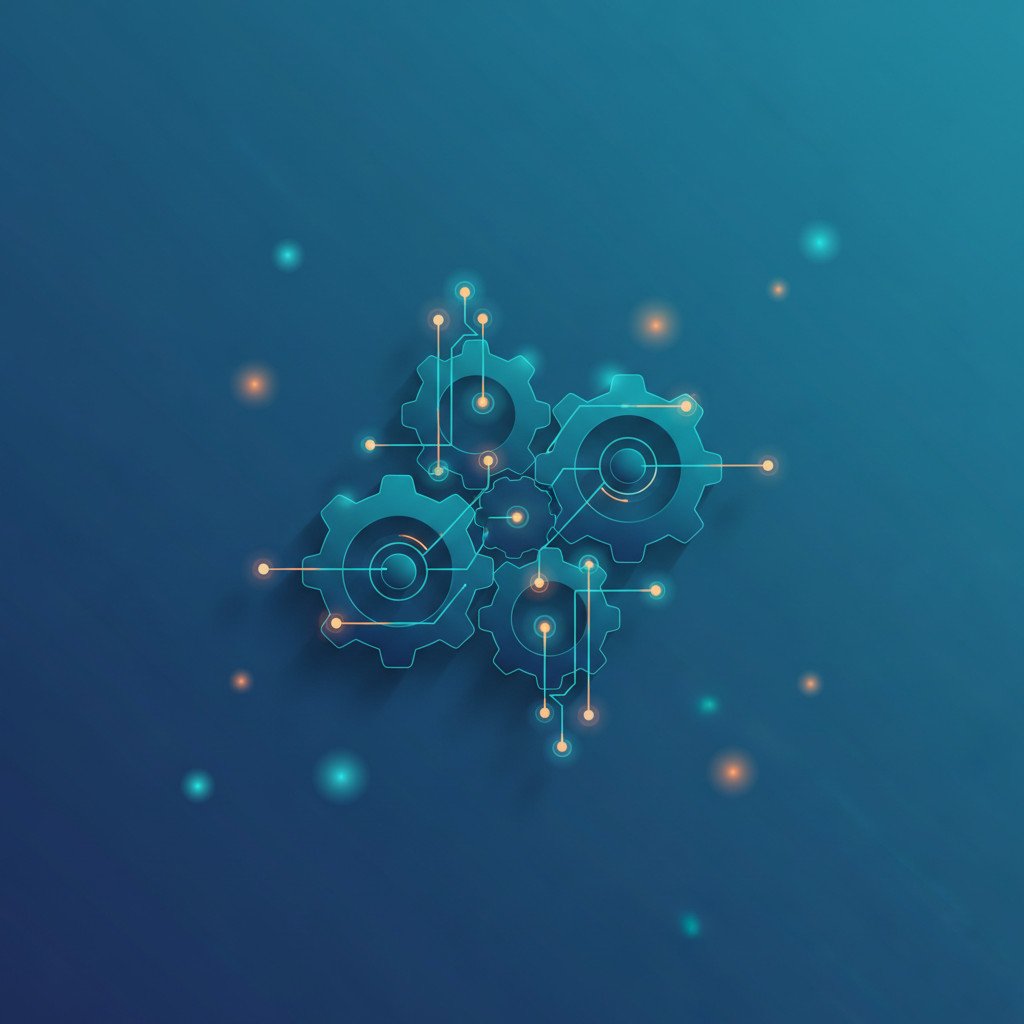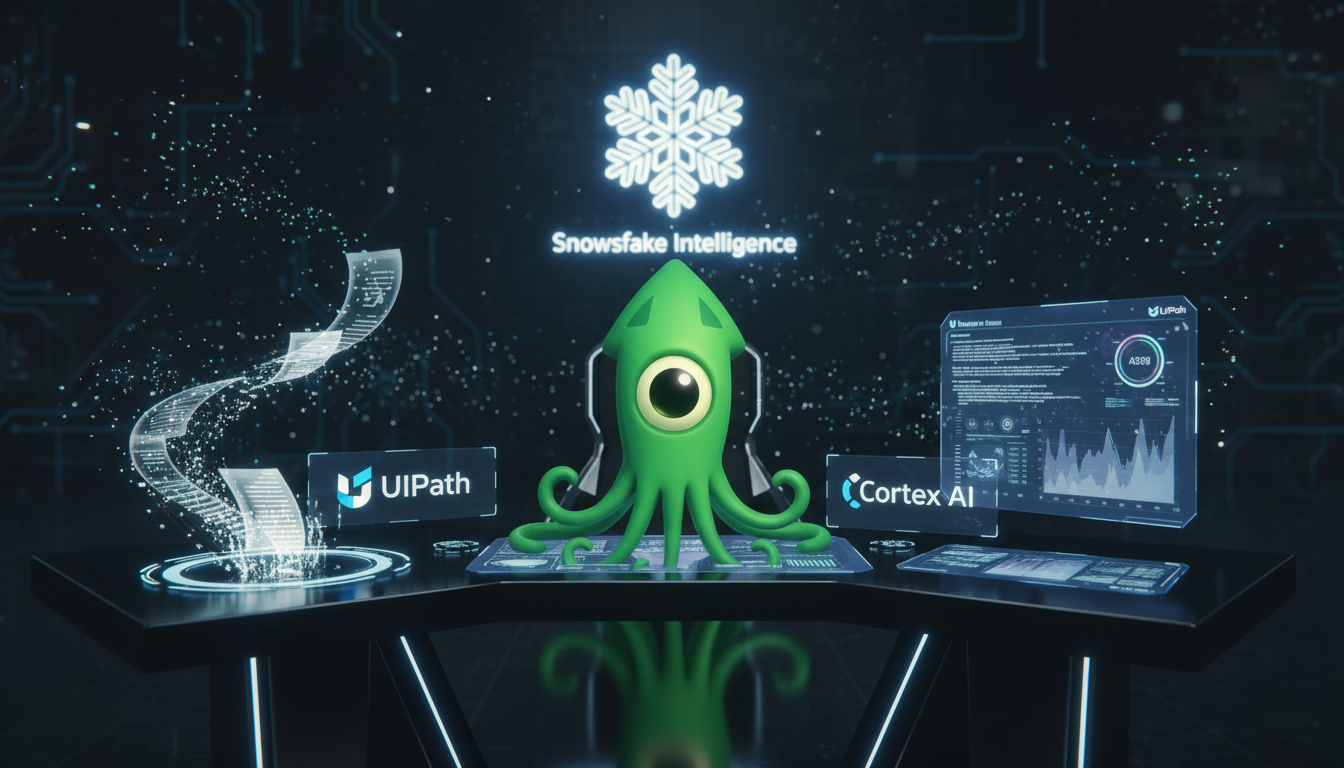Agentic automation: The new engine remaking workflows
Agentic automation arrives as a force reshaping how companies work. It embeds AI agents that sense, decide, and act. Like rivers rerouting old canals, these agents push data through new channels. Across operations, they cut friction, free people from routine work, and surface insights in real time.
Businesses must adapt quickly because scale and complexity keep growing. Enterprises run hundreds of systems, and manual handoffs no longer scale. As a result, agentic automation links scattered systems, automates decisions, and enforces governance. Teams gain speed and resilience, and customers see faster, more accurate service.
This article will walk you through why this shift matters and how product breakthroughs are accelerating adoption. We will unpack technical advances, including agent orchestration, document synthesis, and governance. You will read clear examples of ROI, and practical steps leaders can apply today. Therefore, expect both strategy and hands-on guidance.
Read on to explore case studies, platform features, and implementation tips that reduce risk and amplify value. By the end, you will see how agentic automation becomes a strategic capability, not just a tool.

Agentic automation explained
Agentic automation puts autonomous AI agents at the center of workflows. These agents sense data, decide next steps, and act across systems. In simple terms, think of software workers that carry context. They complete tasks, learn from outcomes, and escalate when human judgment is needed.
Core principles
First, autonomy with guardrails. Agents act independently but follow policies and approvals. Second, context and memory. Agents use past interactions to make better choices. Third, orchestration at scale. Platforms route tasks and monitor many agents. Fourth, human in the loop. People intervene when exceptions arise or when governance requires it.
Benefits
Agentic automation boosts speed and accuracy. It reduces manual handoffs and lowers operational risk. It also scales decision making across hundreds of systems. For example, UiPath DeepRAG synthesizes long documents, which speeds reviews five to ten times. Meanwhile, case studies show reduced backlogs and saved costs.
Key features
- Autonomous decision making with policy controls
- Multi step orchestration and task routing
- Memory powered context and long term state
- Natural language interfaces for operations teams
- Data governance and audit trails for compliance
How it differs from traditional automation
Traditional automation follows scripted rules and fixed inputs. In contrast, agentic automation handles ambiguity. Therefore, it adapts to new data and updates workflows dynamically. It also combines AI reasoning with action. As a result, teams see higher accuracy and lower maintenance.
Examples in action
- Financial services link loan systems and news feeds for risk scoring
- Logistics platforms onboard partners automatically at scale
- Customer service agents synthesize prior interactions to resolve requests
Read deeper on related techniques at AI Inference at Scale and memory driven autonomy at Memory Powered Agentic AI Autonomy. For business ROI examples see AI Agents as Employees ROI. Also review UiPath’s recognition by TIME at UIPath Agentic Automation Recognition.
Quick comparison
| Feature | Traditional automation | Agentic automation |
|---|---|---|
| Level of Autonomy | Low. Scripts run on fixed schedules or triggers. | High. AI agents act independently, within guardrails. |
| Decision Making Capability | Rule based. Deterministic, needs explicit logic. | Contextual. AI models reason, use memory, and weigh uncertainty. |
| Adaptability | Low. Breaks with unexpected inputs and requires manual updates. | High. Learns from outcomes, adapts workflows, and updates over time. |
| Examples | Batch processing, scripted RPA bots, fixed integrations. | DeepRAG document synthesis, agent orchestration, autonomous onboarding at scale. |
| Business Impact | Improves task efficiency but needs ongoing maintenance. | Drives strategic speed, reduces risk, and boosts ROI; examples show 5-10x review speed and major cost savings. |
Agentic automation in business: applications and benefits
Agentic automation accelerates how companies operate. It combines AI reasoning with task execution. As a result, teams move from manual coordination to real time action. This shift matters because enterprises run hundreds of systems and need consistent decisions at scale.
Where it changes the game
- operations and finance. Agentic agents synthesize documents, flag exceptions, and push changes across systems. For example, UiPath DeepRAG reduces document review time by five to ten times and can process up to 1,000 pages in one query. See the DeepRAG documentation for details at UiPath DeepRAG documentation.
- onboarding and partner ops. Agentic automation handles complex, multi step flows without constant human supervision. Fiserv used UiPath to scale onboarding and met a tight deadline for over 20,000 locations, helping avoid $10 million in SLA penalties. Read the Fiserv case study at Fiserv case study.
- fraud detection and risk. For instance, Suncoast Credit Union expanded fraud coverage from under 10 percent to full coverage and cut fraud related losses by 75 percent. Learn more at Suncoast Credit Union case study. Therefore, agentic systems free investigators to focus on high value tasks.
Sales and marketing impact
Agentic automation helps revenue teams prioritize leads, personalize outreach, and automate follow ups. It pulls signals from CRM, support tickets, and market data. For example, an agent can score leads, draft personalized outreach, and schedule meetings. As a result, conversion rates rise because reps spend time on higher value interactions.
Industry specific benefits
- Financial services: faster risk scoring and compliance checks
- Healthcare: rapid document synthesis and triage
- Logistics: automated partner onboarding and exception handling
- Customer service: context rich, end to end resolutions
Measured ROI and proven outcomes
Case studies show concrete gains. Allegis Global Solutions reported 50 percent faster development, 30 percent higher accuracy, and 80 percent less maintenance in invoicing. SunExpress Airlines cut administrative backlog by up to two months and saved roughly $200,000.
In short, agentic automation reduces manual work, improves decision quality, and scales business processes. For leaders, the priority is to start small, measure results, and expand agents where they deliver the most value.
CONCLUSION
Agentic automation is reshaping how businesses operate. It moves work from brittle scripts to adaptive, autonomous agents. As a result, companies gain speed, resilience, and consistent decisions at scale.
Looking ahead, the potential is large. Agentic agents will handle complex document synthesis, orchestrate processes across many systems, and surface real time insights. Moreover, they will reduce risk and free teams for higher value work. Therefore, leaders who adopt agentic automation early can build a meaningful competitive advantage.
EMP0 is a US based company that specializes in AI and automation solutions for sales and marketing. It offers a suite of ready made and proprietary tools that accelerate revenue operations. In addition, EMP0 provides a full stack, brand trained AI worker that acts like an on demand teammate. As a result, clients multiply revenue while maintaining secure, AI powered growth systems.
For practical adoption, start with high impact workflows, measure outcomes, and expand agents where they deliver clear ROI. In short, agentic automation is not just a new tool. It is a strategic capability that will define the next era of work.
Website: emp0.com
Blog: Articles
Twitter/X: Twitter
Medium: Medium
n8n: n8n
Frequently Asked Questions (FAQs)
What is agentic automation and how does it differ from RPA?
Agentic automation uses autonomous AI agents that sense context, decide, and act across systems. In contrast, RPA follows fixed scripts and rules. Therefore, agentic systems handle ambiguity, remember past interactions, and adapt workflows over time.
What are the main benefits for businesses?
Organizations gain speed, consistency, and lower operational risk. For example, document synthesis tools cut review time by five to ten times. As a result, teams focus on strategy while agents handle routine and complex coordination.
How do companies implement agentic automation safely?
Start with guardrails and clear policies. Then add monitoring, audit trails, and human review points. Also, use staged rollouts and measure outcomes. This approach reduces risk and builds trust quickly.
Which use cases deliver fast ROI?
High value workflows include document review, partner onboarding, fraud detection, and lead routing. Allegis, Fiserv, and SunExpress show measurable gains. Therefore, prioritize repeatable processes with clear metrics.
Will agentic automation replace jobs or augment teams?
Agents automate repetitive tasks and augment human work. People shift to higher value roles like decision review and strategy. Moreover, human in the loop remains essential for compliance and complex judgment.
If you have more questions, the article covers implementation tips, case studies, and platform features that leaders use to scale agentic automation.

